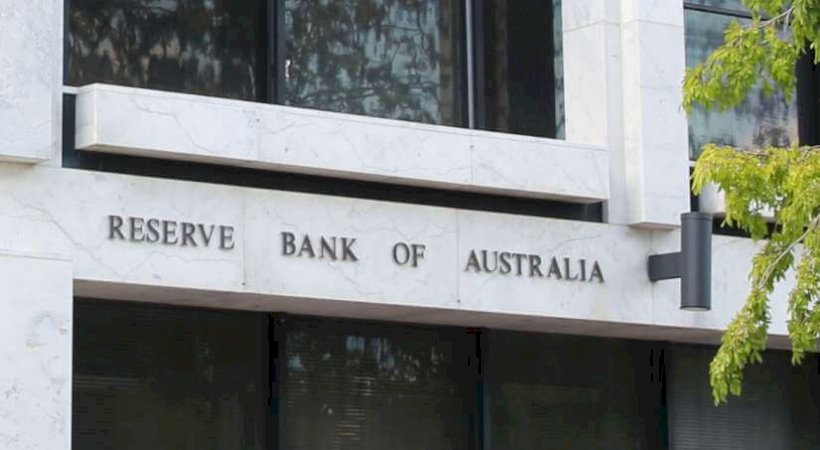The central bank has warned house prices could plummet in the event of severe economic slowdown, but it would only trigger a small increase in the share of mortgages at risk of default.

The Reserve Bank of Australia published a discussion paper, How Risky is Australian Household Debt?, which studied how Australia’s high debt to income (DTI) would impact the economy.
The Bank of International Settlements (BIS) stated in 2019 that Australia’s debt is higher than any other English-speaking nation, sitting second behind Switzerland.
The RBA stress-tested this impact by creating a macroeconomic scenario in which unemployment rose to 8 per cent and the price of residential properties plummeted by 40 per cent.
“We believe this is an extreme but plausible scenario, which is broadly in line with the shock experienced by some countries during the global financial crisis,” the authors noted.
After conducting the stress test, the authors found that such a scenario would only result in a “small” increase in the share of “household debt at risk” as a proportion of the banking system’s collective mortgage portfolio, from 0.8 of a percentage point to 2.1 per cent.
“These estimates are low because housing loans account for the majority of household debt in Australia and these tend to be very well collateralised,” the authors stated.
According to the report, the Australian banking sector’s resilience reflects the lower credit risk profiles of borrowers, relative to other parts of the world.
“[The] estimate is substantially lower than actual loss rates in Ireland and the United States during the global financial crisis,” the report stated.
“This is mainly because Australian mortgages have low LVRs by international and historical standards.”
The authors observed that less than 10 per cent of new loans originated in Australia are written at LVRs above 90 per cent, compared with close to 50 per cent of new loans in countries that experienced a “boom-bust cycle” during the financial crisis.
The RBA report added that mortgage debt is typically held by households with strong servicing capacity.
“Highly indebted households tend to have lower estimated probabilities of unemployment and higher incomes,” the report stated.
“This means they are less likely to experience income shocks that will reduce their ability to meet mortgage repayments.”
The authors added that stress would be further alleviated if home loan rates were to decline.
Moreover, the report noted that banks are well capitalised and remain above their capital conservation buffer of 8 per cent.
“Of course, household loans only comprise 40 per cent of banks’ total assets. If we assume banks are also exposed to losses on banks’ other portfolios (such as business loans, securities and other assets), equivalent in magnitude to recent APRA stress tests, banks’ capital ratios fall to around the top of their capital conservation buffer,” the authors observed.
The report concluded: “This suggests that the Australian banking system remains robust to losses stemming from rising household debt, largely because they participate in very little high-LVR lending and are well capitalised.”
You can arrange a convenient time to speak to Jesse Bruno, our mortgage broker at CentraMoney by clicking here.
Article reproduced from Nest Egg by Cameron Micallef


